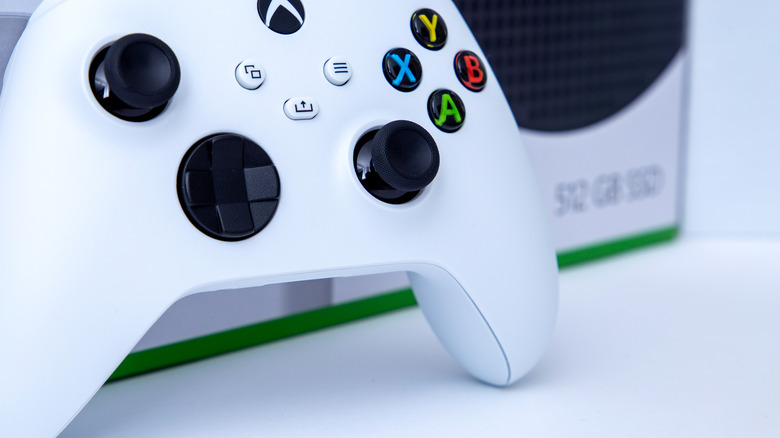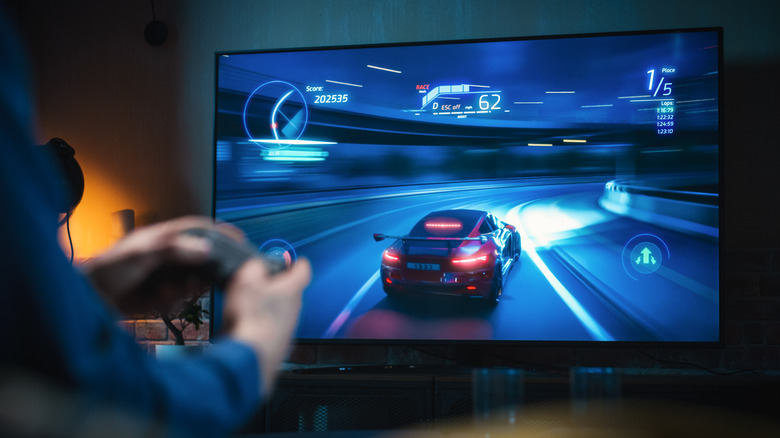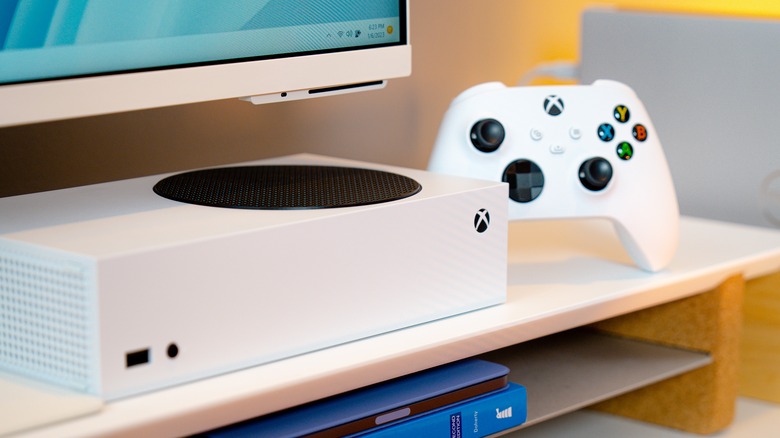How To Make Your Xbox Series S Games Look Better In Just A Few Steps
Unleashing the full potential of Xbox Series S games doesn't require a technical degree, just a few well-placed adjustments. Enhancing the gaming experience begins with fully utilizing the High Dynamic Range (HDR) feature on the Xbox Series S and the TV. This modification opens up a spectrum of colors and contrasts, breathing new life into virtual landscapes. Next, you should shift your focus to the TV or monitor. Display settings such as Game Mode aren't just buzzwords but tools for optimized viewing experiences, smoothing out performance and visual excellence.
Getting the most out of your game visuals can also depend highly on each game's graphics settings. Tailoring these to individual games results in customized, enhanced visuals that cater to the strengths of each title. Last but certainly not least is the importance of keeping game and console software up-to-date. Beyond providing new content and bug fixes, these updates often contain game performance and graphics improvements. With the right tweaks and adjustments, every gaming session on the Xbox Series S can feel like a front-row seat to the future of interactive entertainment.
How to enable HDR for both your TV and Xbox Series S
High Dynamic Range, better known as HDR, allows for an expanded range of colors and contrast. (Unlike the PS5, the Xbox Series S offers both HDR10 and Dolby Vision.) This increased depth offers a richer, more vibrant viewing experience that goes beyond the abilities of Standard Dynamic Range (SDR). Before embarking on the HDR journey, it's vital to understand that not all TVs and monitors are HDR-compatible. Therefore, confirm if the display device supports HDR10 and/or Dolby Vision.
To harness the benefits of HDR on an Xbox Series S, follow these steps:
- Go to the Xbox's Settings from the dashboard.
- Choose General.
- Select TV & display options.
- Under Video modes, choose to Allow HDR10, Allow Dolby Vision, and Dolby Vision for Gaming.
Some of these settings may not be visible — that means your TV does not support them. The process for enabling HDR on the TV or monitor will vary by manufacturer but typically involves:
- Accessing the Settings menu.
- Selecting Display or Picture.
- Choosing HDR or High Dynamic Range.
- Turning on the HDR option.
HDR usage comes with some caveats. For instance, some older TVs may struggle with HDR content. Additionally, not all games support HDR. However, when used correctly and with the right equipment and games, HDR can significantly enhance the gaming experience.
How to turn on Game Mode for your TV or monitor
TVs and monitors harbor a secret weapon for gamers: Game Mode. It's a specialized setting designed to enhance the gaming experience by reducing input lag — the time between pressing a button and seeing the action on screen. Gamers can get the best out of their games with faster responses.
To engage Game Mode, follow these steps:
- Open the TV or monitor's Menu or Settings.
- Locate the Picture or Display settings.
- Look for Game Mode or a similarly titled option.
- Then, toggle it on.
Remember that the specifics might vary depending on the brand and model of the display device, and not all TVs have a Game Mode. While Game Mode reduces input lag, it could turn off certain picture enhancement features, affecting the overall display. The impact is negligible for most, but you may notice a drop in quality when you put on your favorite movie or TV show. So, when you finish gaming, you should always put your TV or monitor back to its original display setting.
How to adjust your in-game graphic settings
Gaming is not a one-size-fits-all experience. Many games offer advanced graphic options, allowing players to tailor visuals based on their preferences and hardware capabilities. These options allow for a balance between aesthetic appeal and performance. Accessing these settings involves the following, depending on your game:
- Select Options or Settings from the game's main menu.
- Navigate to Graphics, Display, or a similarly named section.
- Adjust the desired parameters. These may include resolution, frame rate, texture quality, and more.
You should always dip your toe with in-game graphics adjustments rather than taking an immediate plunge. Increasing graphical fidelity can enhance the game's visual appeal but may simultaneously burden the console's hardware, potentially leading to increased heat output and noise from the cooling system. Moreover, ramping up settings may result in lower frame rates, causing the game to feel less smooth.
Also, consider the nature of the game. Fast-paced titles benefit more from a higher frame rate than enhanced graphical detail. On the other hand, slower, more atmospheric games may provide a more immersive experience with high-quality textures and effects.
How to stay current with updates to your Xbox Series S and its games
Xbox engineered the Series S to update automatically, providing the latest features and fixes without hassle. However, if you bought yours second-hand, you might have to turn them on again. Staying updated is crucial for the best gaming experience, as updates often contain bug fixes and graphic enhancements.
To ensure automatic updates:
- Navigate to Settings > System > Updates.
- Enable Keep my games & apps up to date, and Keep my console up to date.
Ignoring updates could lead to a bad experience. Bugs and glitches may persist, impacting gameplay and graphics. Furthermore, some multiplayer games may restrict access if you don't have the latest version installed, given that updates can include balance changes vital for anti-cheating initiatives. While staying current with updates can seem like a hassle, it's one of the most critical practices in preserving a good gaming environment.




